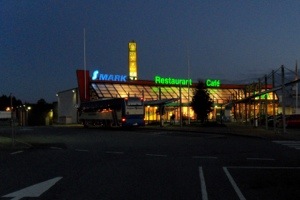Silo bureaucracy is a fantastic thing, if you’re interested in the absurdities of life.
Bureaucracy is often faceless, but in reality it is often very personal. There’s often a single person behind the decisions. Park those somebodies as neighbors in government organisations which don’t communicate, and you’ll get great kafkaesque results.
Case example: employer-sponsored smart cards for exercise, for example Ticket Mind & Body which we have.
The point of that benefit is to make us exercise more. Bad physical condition is very expensive to the society, especially in an aging society like ours. Diabetes, heart disease and asthma spread at at an alarming speed. Workout is the best cure for all of these.
We tend to be lazy and come up with excuses of not to exercise. Smart cards takes on of those away by making it easy to join access the services. You can enter the gym or join the workout session just by pushing in a PIN code. You can have self-service gyms, 24 hour gyms; access could be with the exercise card. No need for separate cards or keys.
Except not. Technology does allow this, but the Finnish taxman does not. About a year ago, somebody in the taxman’s office woke up to the possibility of wrongdoing: you could give your smart card to your spouse, who could get the benefit instead of you – and that’s wrong.
So, nowadays smart cards can’t be used with a PIN (which they are made for), but with printed receipts which you need to sign. The gyms need to have service people behind the counter at all times (unless they give you a separate access card), and we can’t use the smart features of the card.
From the national health point of view, wouldn’t it be better that at least someone used the card for exercise? Wouldn’t it make sense to make that as easy as possible?
But hey, that’t not in the areas of responsibility of the taxman…





